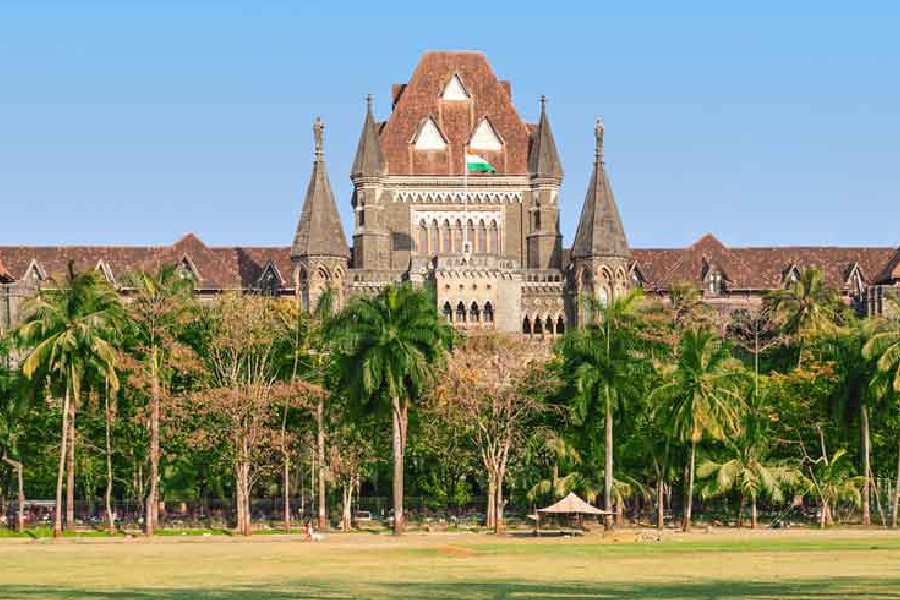 |
| The purple killer |
Itanagar, May 30: Tang Singpho looks gaunt and listless. This wizened septuagenarian puffs away on his hookah sitting cross-legged in his shanty. His daughter-in-law, with a vacant look, cradles her crying baby in one corner of the room. With his grandfather, father and mother all addicted to opium, it will come as little surprise that the Singpho family’s little child will also fall under the spell of drugs.
But Arunachal Pradesh’s drug problem is getting worse. What was once an addiction to homegrown opium has now made way for new narcotics like heroin and brown sugar.
While opium is used as a traditional medicine in the rural pockets of the state, youths are turning to these new-age narcotics just for “fun”.
In a state where anti-narcotics efforts are focused on combating supply, not demand, there are few places to treat addicts who need support. And this is why, NGO workers said, the problem of drug abuse has assumed alarming proportions in the state and very little has been done by the civil society to help control the menace. “There has been a definite increase in drug use — consuming, smoking and injecting — particularly among the youths of the state. It is alarming in the state as there are not many places for the addicts to get treatment,” said Ravi Kipa, the drug de-addiction programme co-ordinator of the United Nations Organisation for Drugs and Crime.
Though the exact figures of drug abuse are not available, government officials said almost every household in the rural belt has one or two opium addicts. “Add to these the new addicts, the youngsters, and you have a phenomenal number of drug users,” the official added.
For people like Singpho, a resident of Namsai town of Lohit district, opium is not an addiction but a way of life. “I consume opium to counter minor ailments like cough, cold and headache. Taking a dose at night helps me sleep well.” Opium is consumed traditionally in Namsai and Chowkham in Lohit district, Lathaw and Bordumsa area in Changlang district and Khonsa and Kanubari of Tirap district. Tirap, Changlang, Lohit and Upper Siang districts, which share the borders with Myanmar and China, are poppy-growing belts.
“More and more youths are getting hooked to narcotics substances like heroin and brown sugar in the districts of Lohit, Tirap and Changlang. “We worked with drug abusers under a Counselling Training programme in 2005. The project was withdrawn after a year. With limited resources, it has become increasingly difficult for us to help the addicts,” said Vikshu Bimalananda, who runs an NGO, Arunachal Pali Vidyapith, in Lohit district.
Though the state government set up four de-addiction centres — one each in Lathaw, Tezu, Bordumsa and Kharsang — they do not have infrastructure. Kipa added that given the grave scenario, the increasing abuse of heroin by injection and the sharing of needles may also result in an alarming rise in HIV/AIDS cases in the state.
The Arunachal government has initiated measures to curb opium cultivation and promoting strategies for alternative livelihood for farmers. But the state shares its border with Myanmar, one of the biggest opium-producing countries in the world, and it just a matter of time before the drug lords gain control of the poppy fields of the state, Kipa said.
“Everyone knows that substance abuse is a major problem, but nobody comes forward to help the addicts,” said Bimal Natung, executive director of Voluntary Health Association of Arunachal Pradesh. “In the past, we have imparted vocational training to addicts but because of a funds crunch, we could not continue the programme”.
The number of drug addicts is believed to be fairly large. NGO workers say the number of shadow users, or closet addicts, is much higher than recognised addicts.
Wanglin, a recovering addict, said many addicts undergoing rehabilitation relapse into drug abuse in the absence of employment avenues. “In fact, not all addicts can even afford the rehabilitation programmes.” Students, too, are taking to drugs in a big way, said Chouhai, another recovering addict. “Opium, heroin and brown sugar are popular among the students,” he said.
(Names of the addicts have been changed on request)











